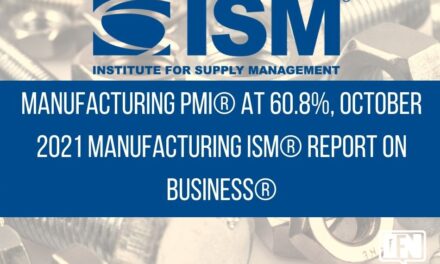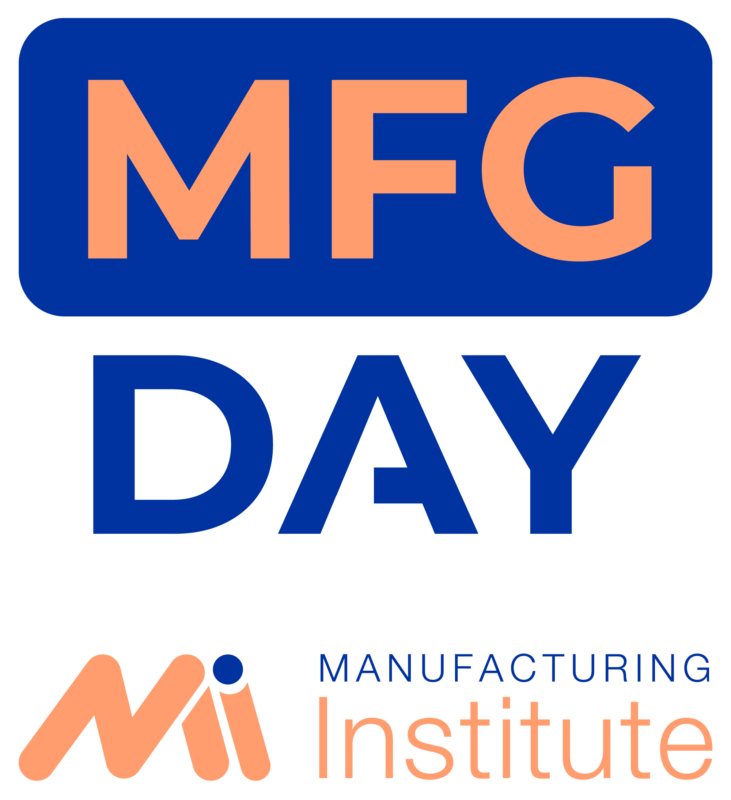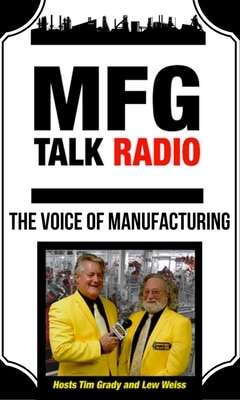
New Orders, Production, Employment and Backlogs Contracting; Supplier Deliveries Faster; Raw Materials Inventories Contracting; Customers’ Inventories Too Low; Prices Decreasing; Exports and Imports Contracting
TEMPE, Ariz., July 3, 2023 /PRNewswire/ — Economic activity in the manufacturing sector contracted in June for the eighth consecutive month following a 28-month period of growth, say the nation’s supply executives in the latest Manufacturing ISM® Report On Business®.
The report was issued today by Timothy R. Fiore, CPSM, C.P.M., Chair of the Institute for Supply Management® (ISM®) Manufacturing Business Survey Committee:
“The June Manufacturing PMI® registered 46 percent, 0.9 percentage point lower than the 46.9 percent recorded in May. Regarding the overall economy, this figure indicates a seventh month of contraction after a 30-month period of expansion. The New Orders Index remained in contraction territory at 45.6 percent, 3 percentage points higher than the figure of 42.6 percent recorded in May. The Production Index reading of 46.7 percent is a 4.4-percentage point decrease compared to May’s figure of 51.1 percent. The Prices Index registered 41.8 percent, down 2.4 percentage points compared to the May figure of 44.2 percent. The Backlog of Orders Index registered 38.7 percent, 1.2 percentage points higher than the May reading of 37.5 percent. The Employment Index dropped into contraction, registering 48.1 percent, down 3.3 percentage points from May’s reading of 51.4 percent.
“The Supplier Deliveries Index figure of 45.7 percent is 2.2 percentage points higher than the 43.5 percent recorded in May. This figure, along with the previous seven, is the Supplier Deliveries Index’s lowest reading in since March 2009 (43.2 percent). (Supplier Deliveries is the only ISM® Report On Business® index that is inversed; a reading of above 50 percent indicates slower deliveries, which is typical as the economy improves and customer demand increases.)
“The Inventories Index dropped 1.8 percentage points to 44 percent; the May reading was 45.8 percent. The New Export Orders Index reading of 47.3 percent is 2.7 percentage points lower than May’s figure of 50 percent. The Imports Index remained in contraction territory, registering 49.3 percent, 2 percentage points higher than the 47.3 percent reported in May.”
Fiore continues, “The U.S. manufacturing sector shrank again, with the Manufacturing PMI® losing ground compared to the previous month, indicating a faster rate of contraction. The June composite index reading reflects companies continuing to manage outputs down as softness continues and optimism about the second half of 2023 weakens. Demand eased again, with the (1) New Orders Index contracting but at a slower rate, (2) New Export Orders Index moving into contraction and (3) Backlog of Orders Index remaining at a level not seen since early in the coronavirus pandemic (May 2020). A potential bright spot: The Customers’ Inventories Index dropped into ‘too low’ territory, a positive for future production. Output/Consumption (measured by the Production and Employment indexes) was negative, with a combined 7.7-percentage point downward impact on the Manufacturing PMI® calculation. Panelists’ companies reduced production and began using layoffs to manage head counts, to a greater extent than in prior months, amid mixed sentiment about when significant growth will return. Inputs — defined as supplier deliveries, inventories, prices and imports — continue to accommodate future demand growth. The Supplier Deliveries Index continued to indicate faster deliveries, and the Inventories Index dropped further into contraction as panelists’ companies try to mitigate inventories exposure. The Prices Index fell further into ‘decreasing’ territory. Manufacturing lead times improved again but remain at elevated levels.
“Of the six biggest manufacturing industries, only one — Transportation Equipment — registered growth in June.
“Demand remains weak, production is slowing due to lack of work, and suppliers have capacity. There are signs of more employment reduction actions in the near term. Seventy-one percent of manufacturing gross domestic product (GDP) contracted in June, down from 76 percent in May. More industries contracted strongly, however, as the share of manufacturing GDP registering a composite PMI® calculation at or below 45 percent — a good barometer of overall manufacturing weakness — was 44 percent in June, compared to 31 percent in May,” says Fiore.
The four manufacturing industries that reported growth in June are: Printing & Related Support Activities; Nonmetallic Mineral Products; Primary Metals; and Transportation Equipment. The 11 industries reporting contraction in June, in the following order, are: Plastics & Rubber Products; Wood Products; Textile Mills; Chemical Products; Miscellaneous Manufacturing; Electrical Equipment, Appliances & Components; Computer & Electronic Products; Paper Products; Fabricated Metal Products; Food, Beverage & Tobacco Products; and Machinery.
WHAT RESPONDENTS ARE SAYING
- “The slowing U.S. economy is causing the business forecast to be revised/reduced for the remainder of 2023. Customers are less inclined to purchase far in advance.” [Computer & Electronic Products]
- “Customer orders have definitely slowed down. Our company thought the second half of 2023 would be better than the first half, but this doesn’t seem to be the case.” [Chemical Products]
- “There were concerns that second-quarter sales were going to decrease and result in inventory levels rising; however, demand has remained stable so far. Projecting total end-of-year sales to be about where we were last year.” [Transportation Equipment]
- “There is an elevated level of capital project review as recession concerns loom. While not delayed, spending and planning are being managed and prioritized.” [Food, Beverage & Tobacco Products]
- “Markets are stabilizing in the second quarter of 2023 and appear to be trending downward for most commodity chemicals; however, demand versus supply has shifted to customers’ favor.” [Petroleum & Coal Products]
- “Orders and business are steady with a healthy backlog, but new prospective orders seem to be getting pushed back into 2024.” [Machinery]
- “North American demand stabilizing, but European markets showing slowing in the second half of 2023 and 2024.” [Fabricated Metal Products]
- “Here we are almost halfway through the year, and while things are challenging, we may be doing all right.” [Nonmetallic Mineral Products]
- “Input costs for materials continue to decline. Demand is trending to about 2019 levels, accounting for inflation. The COVID-driven demand has moderated.” [Paper Products]
- “Maintaining a strong order backlog. Continue to struggle with hiring hourly factory workers and finding qualified management candidates — higher turnover than desired. Pricing has stabilized, but labor costs remain high.” [Primary Metals]
Read full release: Manufacturing ISM® Report On Business®
RELATED CONTENT:
Manufacturing PMI® at 46.9%; May 2023 Manufacturing ISM® Report On Business®
Manufacturing PMI® at 47.1%; April 2023 Manufacturing ISM® Report On Business®
Fastener News Desk, Fastener News Podcast, Manufacturing


















